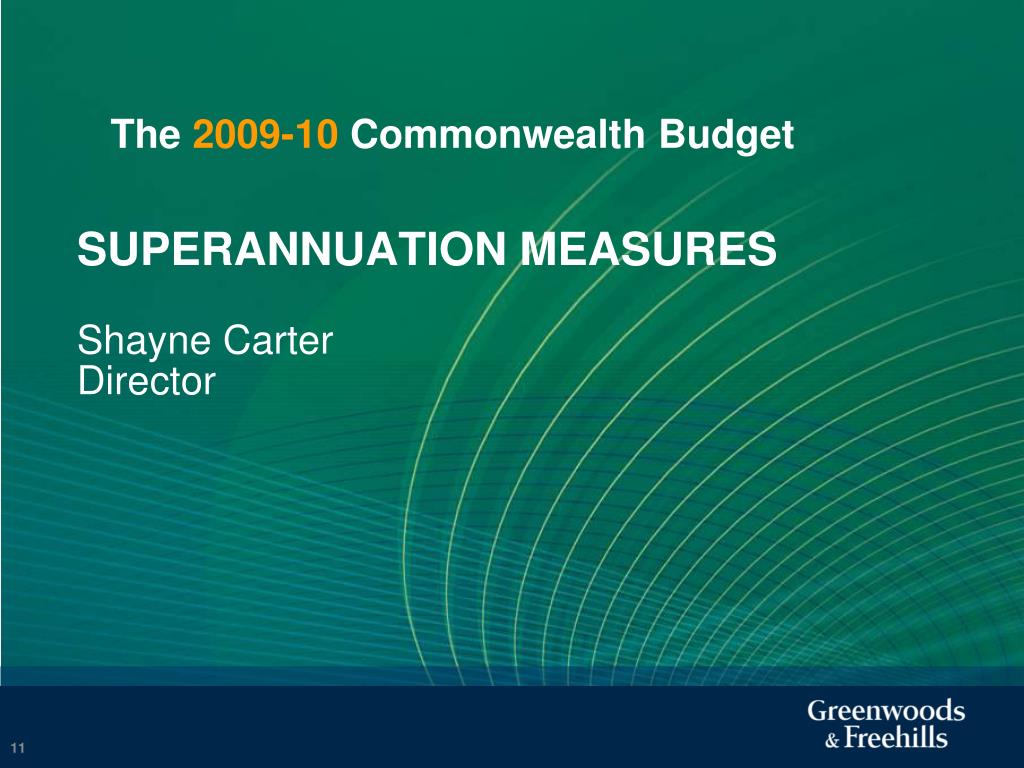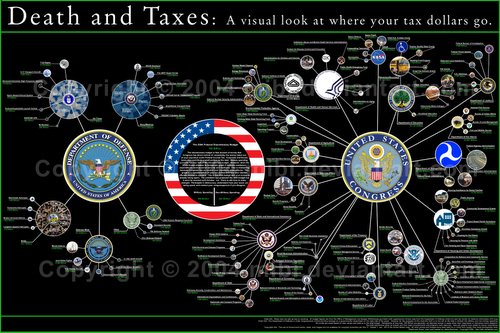The trustee of a discretionary trust has the power to decide which beneficiaries will benefit from the trust. He or she also has the right to decide the extent of its benefits. By making a Discretionary Trust , you pass the decision of how and when the Trust will be distributed over to the Trustees, who make the decision for you. When setting up the Trust in your Will, you will specify which assets should be included from your Estate and the names of potential Beneficiaries, but you give power to your Trustees to decide how and when the Trust is going to be. Any change to a discretionary (family) trust, or to a hybrid trust, requires careful consideration to make sure the change will not involve any ending of the trust or creation of a new trust out of the existing trust.
These sorts of changes are often called a resettlement of the trust. Why is a resettlement risky? Can I Change my discretionary trust? What is a discretionary trust?
Are discretionary trusts more common than fixed trusts? Hence, a discretionary trust is one in which the beneficiaries of the trust do not have a fixed or specified entitlement to the capital, assets or the income of the trust. Advantages of a discretionary trust. Discretionary trusts are typically established to manage the assets of a large family or for beneficiaries who are either too young or. For example, converting a discretionary trust to a unit trust.

These changes are distinguished from purely procedural changes such as a change of trustee. Property Trust Wills. To change the trust deed itself, you must execute a deed of variation.
The deed of variation forms part of the documentation of your discretionary trust and details how the trust deed has been changed over time. However, it is important to remember that this discretion is not absolute – so always ensure that the changes you make to the Trust are within your rights, and still. When setting up a new trust you have to take into consideration any previous CLTs (e.g. gifts into discretionary trusts ) made within the last years. Potentially Exempt Transfers (PETs) are not included in this cumulation.
As long as this total does not exceed the settlor’s nil rate band (NRB) there will be no entry charge. A Discretionary Trust is a legal arrangement which allows the owner of a life policy (the settlor) to give their policy to a trusted group of people (the trustees), who look after it. A discretionary trust is a trust , much like a fixed trust. Initially, the complete list test applied to both types of trusts.
According to this test, the trust is void unless it is possible, at the time it is create to draw up a complete list of the class. For IHT purposes such trusts are divided into two categories, namely relevant property trusts (RPTs) and qualifying interest in possession trusts (QIIPTs). The typical RPT is the discretionary trust (a trust where the trustees decide how and when to share out the capital and income of the trust amongst the beneficiaries). The ATO’s change in interpretation of the nature of unpaid present entitlements (‘UPE’s’) has destroyed that comfort zone. Commissioner’s discretion in relation to fixed trust status.

The question of whether a trust is a ‘ fixed trust ’ for tax purposes has been a longstanding issue. Trustees are responsible for paying tax on income received by accumulation or discretionary trusts. The first £0is taxed at the standard rate.
This single move by the. If the settlor has more than one trust , this £.
No comments:
Post a Comment
Note: only a member of this blog may post a comment.